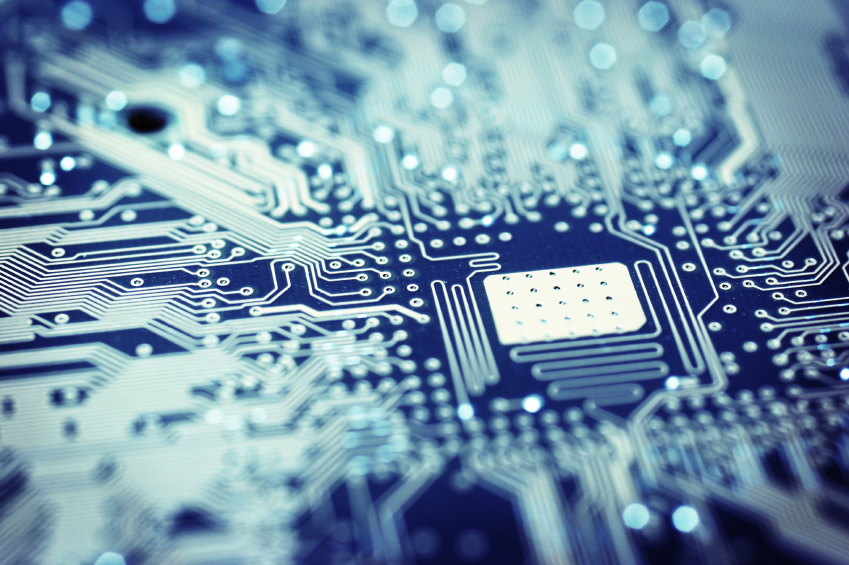A study published in the journal Nature on 31 December presents a new neurostimulator developed by engineers at the University of California at Berkeley. It can both listen to and stimulate the electrical current in the brain, thus providing state-of-the-art treatments for patients with conditions such as epilepsy or Parkinson’s disease. The device known as WAND functions as a “pacemaker”: it monitors the electrical activity of the brain and delivers electrical stimulation if a problem is detected. These devices can prevent tremors or debilitating seizures in patients with a variety of neurological disorders.
Electrical signatures, which precede a seizure or tremor, can be subtle, and the frequency and strength of the electrical stimulation required to prevent them must be just as subtle. WAND is a self-contained, wireless neuromodulation device: once it has learned to recognise the signs of tremor or convulsions, it can adjust the stimulation parameters automatically to prevent unwanted movements. And since it operates in a closed loop—it can stimulate and record at the same time—it is capable of adjusting these parameters in real time.
The aim is to “enable the device to figure out what is the best way to stimulate for a given patient to give the best outcomes. And you can only do that by listening and recording the neural signatures”, explains Rikky Muller, Assistant Professor of Electrical Engineering and Computer Science at Berkeley. The WAND device can record electrical activity on 128 channels, from 128 points in the brain, compared to the eight channels available in other closed-loop systems.
In experiments conducted by Samantha Santacruz, then a postdoctoral associate at UC Berkeley, and by Jose Carmena, Professor of Electrical Engineering and Computer Science, participants learned to use a joystick to move the cursor to a specific location. After some training, the WAND device was able to detect neural signatures appearing when subjects got ready to perform the movement, and then provide electrical stimulation that delayed the movement. Ultimately, these devices should incorporate learning in order to create “intelligent” systems that will understand how to treat individuals without the need for constant medical intervention.
For further reading:
Neurosciences, between progress and human rights
Neuroscience under discussion in the National Assembly: limits should be set today
Medical Press (31/12/2018)

